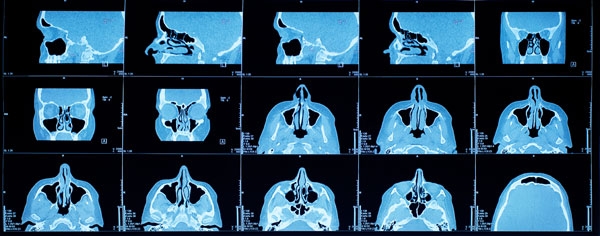As defined by the Word Health Organisation, Health is a “state of complete physical, mental and social well being and not merely the absence of disease or disability”.
In ancient times, Aristotle already spoke about Quality of Life (QoL) in terms of “good life”, yet the concept of QoL in the field of health is relatively recent, with an evident rise in the 90s.
In the XXI century, contemporary life is characterised by an increase in longevity, although this is not necessarily associated with better quality of life. Stress factors, like the technological revolution, unemployment (or multiple low level employment), changes in family structure, cultural changes (often involving a change of values), etc. affect many people. It is now commonly accepted that stress predisposes to disease. The World Health Organisation estimates that in 2020 stress will be the leading cause of death, provoking cardiovascular conditions and depression leading to suicide.
An increasing recognition of patients’ perspectives on healthcare has led the sector to focus its research efforts on developing ways to measure QoL. Nowadays, clinicians are using interviewer or self-administered questionnaires to measure differences in quality of life between patients and a healthy population. These questionnaires normally include questions on physical, mental and social health issues.
It is easy to understand that chronic diseases have a very negative impact on patients’ QoL. Most chronic diseases affect important aspects of life for the people who suffer from them. One of the major changes, perhaps generating further deterioration, is the emotional aspect. The patient is necessarily bound to a process of rapid adaptation, often passing through different stages that typically raise a number of negative emotions: fear, anger, anxiety.
Keeping this information in mind, it is surprising to look at the results of QoL surveys for sinusitis sufferers. Not only do they rate their QoL lower than that of the general population (60 /100), but also lower than people suffering hypertension (45/100), diabetes (40/100) or angina pectoris (35 /100). 100 /100 being the ideal QoL, chronic rhinosinusitis sufferers return a rating of 30/100, representing very poor quality of life.
Aghthoven et al. Am J Rhinol 2001
Although it may be shocking to compare sinusitis with those other life-threatening conditions, it is easily explained when the symptoms are examined closely. While hypertension, angina and diabetes only normally cause symptoms in extreme situations (hypertensive crisis, great physical effort or advanced stage of disease, respectively), sinusitis sufferers endure extremely annoying symptoms for several months of the year: facial pain, nasal obstruction and reduction or loss of smell.
These symptoms are the culprits for sinusitis sufferers’ low quality of life.
Do you agree with the study results?
How would you rate your quality of life?
Share your comments below!









